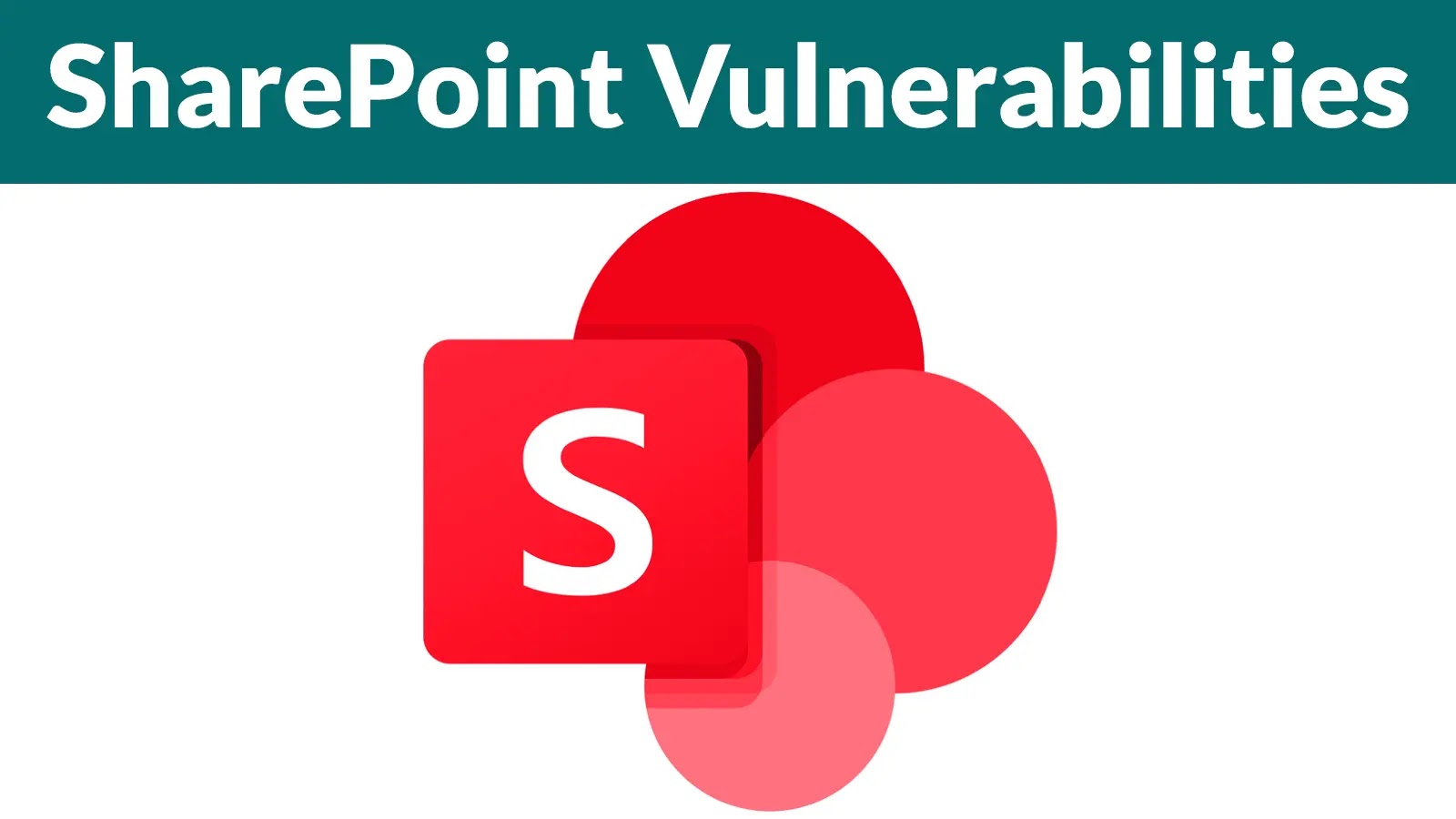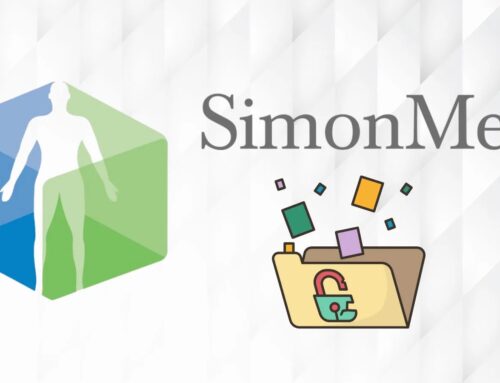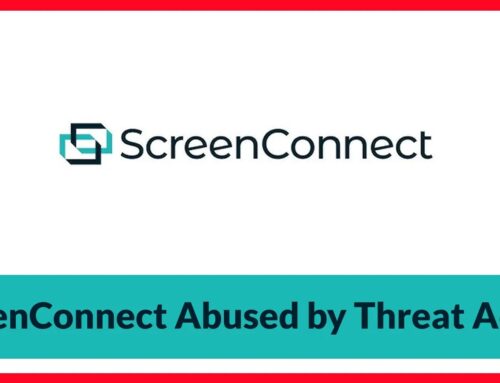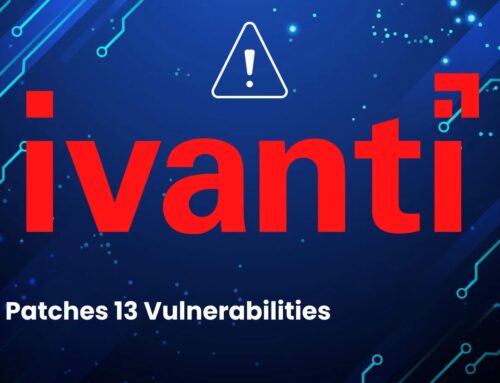
Chinese Hackers Exploit SharePoint Vulnerabilities to Deploy Toolsets Includes Backdoor, Ransomware and Loaders
Microsoft SharePoint environments are critical to countless organizations, serving as central hubs for collaboration, document management, and business processes. This centrality, however, also makes them highly attractive targets for sophisticated threat actors. A recent alarming development,
reported by Cyber Security News and based on research from Palo Alto Networks Unit 42, reveals a disturbing campaign by a Chinese state-sponsored threat actor exploiting critical SharePoint vulnerabilities to deploy a comprehensive and dangerous malware toolkit. This campaign, active since at least March 2025, underscores the escalating threat landscape facing enterprise IT infrastructure.
The “Project AK47” Campaign: A Coordinated Assault
Palo Alto Networks Unit 42 has detailed a highly sophisticated campaign, dubbed “Project AK47,” orchestrated by a Chinese threat actor. This campaign specifically targets unpatched or misconfigured Microsoft SharePoint servers to establish a persistent foothold within victim networks. The sheer breadth and depth of the deployed toolset signal a well-resourced and strategic adversary aiming for long-term compromise and data exfiltration, potentially enabling espionage or disruption.
Understanding the Exploited SharePoint Vulnerabilities
While specific CVEs were not explicitly detailed in the provided source, the campaign’s success hinges on exploiting “critical vulnerabilities” within Microsoft SharePoint. Historically, SharePoint has been susceptible to various attack vectors, including:
- Server-Side Request Forgery (SSRF): Allowing attackers to make requests from the server, potentially bypassing network firewalls and accessing internal resources.
- Remote Code Execution (RCE): The most severe vulnerability, enabling attackers to execute arbitrary code on the server, leading to full system compromise.
- Authentication Bypass: Circumventing authentication mechanisms to gain unauthorized access.
- Deserialization Vulnerabilities: Exploiting flaws in how applications process serialized data, often leading to RCE.
Organizations must prioritize patching and configuration hardening for any publicly exposed SharePoint instances. Unpatched systems represent a significant and immediate risk.
The Pernicious Components of “Project AK47”
“Project AK47” is not a single piece of malware but a multifaceted toolkit designed for various malicious purposes. The reported components indicate a comprehensive attack lifecycle, from initial access to sustained presence and potential monetization:
- Backdoors: Establishing covert and persistent access to the compromised SharePoint server, allowing the attackers to re-enter the network at will, even if initial access methods are remediated. These backdoors often mimic legitimate services to evade detection.
- Ransomware Modules: Introducing the capability to encrypt critical data and demand a ransom. This suggests a potential shift towards financially motivated attacks or the use of ransomware as a destructive tool disguised as financial extortion.
- Loaders: These are custom-built modules designed to fetch and execute additional payloads from attacker-controlled infrastructure. Loaders help maintain a low profile and facilitate the dynamic deployment of new tools based on the attacker’s objectives within the compromised environment.
The combination of these tools allows the threat actor to achieve deep network penetration, maintain long-term access, and potentially monetize their access through extortion.
Why SharePoint is a Prime Target for Cyber Espionage
SharePoint’s role as an organizational backbone makes it an invaluable target for state-sponsored actors, particularly for cyber espionage. It often houses:
- Confidential documents and intellectual property.
- Employee data and internal communications.
- Project plans and sensitive business strategies.
- Links to other critical internal systems.
Successful compromise of a SharePoint server can provide a treasure trove of intelligence, directly supporting the political, economic, or military objectives of the sponsoring nation-state.
Remediation Actions for SharePoint Environments
Mitigating the risk posed by campaigns like “Project AK47” requires a proactive and multi-layered approach. Organizations running Microsoft SharePoint should immediately implement the following:
- Patch Management: Regularly and promptly apply all security updates and patches released by Microsoft for SharePoint Server. This is the single most critical step. Utilize automated patch deployment where possible. Verify current patch levels against Microsoft’s official security bulletins.
- Vulnerability Scanning: Conduct regular vulnerability scans of all SharePoint servers, both external and internal. Prioritize patching based on severity.
- Network Segmentation: Isolate SharePoint servers from other critical network segments. Implement robust firewall rules to restrict inbound and outbound traffic to only necessary ports and protocols.
- Least Privilege Principle: Ensure that user accounts and service accounts accessing SharePoint have only the minimum necessary permissions required for their function.
- Strong Authentication: Enforce multi-factor authentication (MFA) for all administrative and privileged access to SharePoint. Consider MFA for all user accounts.
- Monitoring and Logging: Implement comprehensive logging for SharePoint servers, including access logs, administrative actions, and system events. Integrate these logs with a Security Information and Event Management (SIEM) system for real-time monitoring and anomaly detection.
- Endpoint Detection and Response (EDR): Deploy EDR solutions on all SharePoint servers to detect and respond to malicious activity, including the execution of unknown binaries or suspicious process behavior.
- Web Application Firewall (WAF): Deploy a WAF in front of internet-facing SharePoint servers to provide an additional layer of protection against common web-based attacks, including injection attempts and cross-site scripting (XSS).
- Regular Backups: Maintain regular, isolated, and tested backups of SharePoint data and configurations. Ensure backups are stored securely and offline to prevent compromise during an active attack.
- Incident Response Plan: Develop and regularly test an incident response plan specifically for SharePoint breaches. This plan should include steps for containment, eradication, recovery, and post-incident analysis.
Tools for Detection and Mitigation
Leveraging appropriate cybersecurity tools is crucial for protecting SharePoint environments. Here’s a selection:
| Tool Name | Purpose | Link |
|---|---|---|
| Microsoft Defender for Endpoint | Endpoint Detection and Response (EDR) for server protection. | Microsoft Link |
| Tenable Nessus | Vulnerability scanning for identifying unpatched systems. | Nessus Link |
| Palo Alto Networks Next-Gen Firewall | Network segmentation and intrusion prevention systems. | Palo Alto Link |
| Splunk (or other SIEM) | Security Information and Event Management for log aggregation and analysis. | Splunk Link |
| OWASP ModSecurity Core Rule Set (CRS) | Web Application Firewall (WAF) rule set for preventing common web exploits. | OWASP CRS Link |
| Microsoft Baseline Security Analyzer (MBSA) (Deprecated, use newer tools) | Historical tool for scanning missing security updates and common misconfigurations. (Note: Deprecated, use Azure Security Center/Defender for Cloud for modern scanning) | MBSA (Info) Link |
Conclusion: The Imperative of Vigilance
The “Project AK47” campaign by Chinese hackers targeting Microsoft SharePoint servers serves as a stark reminder of the persistent and evolving threats facing modern enterprises. The deployment of backdoors, ransomware, and loaders highlights a sophisticated and multifaceted approach aimed at achieving deep network compromise and potential extortion or espionage. Organizations cannot afford complacency. Proactive vulnerability management, robust security configurations, comprehensive threat monitoring, and a well-rehearsed incident response plan are not merely best practices; they are essential for defending critical infrastructure like SharePoint from determined adversaries.





